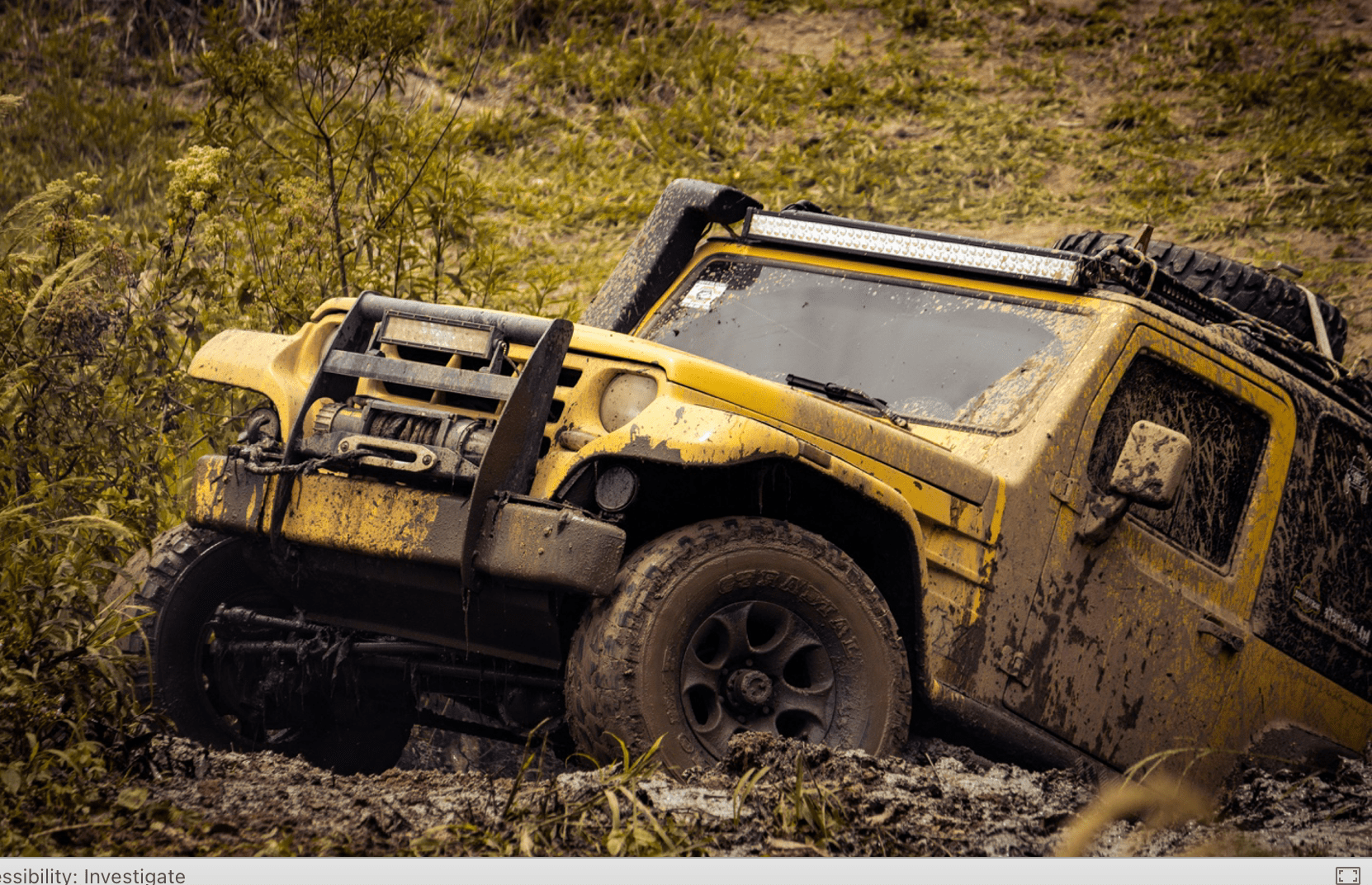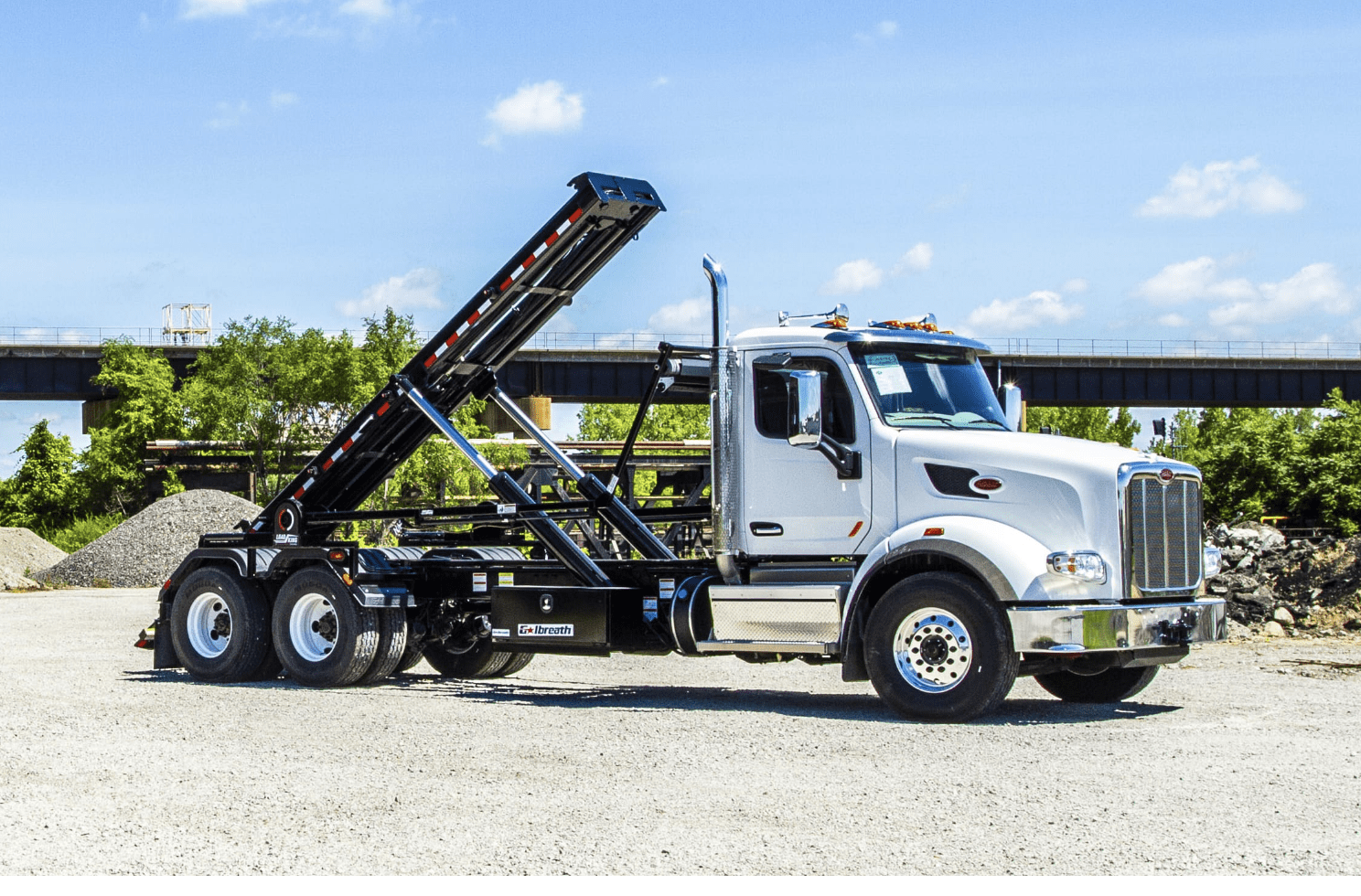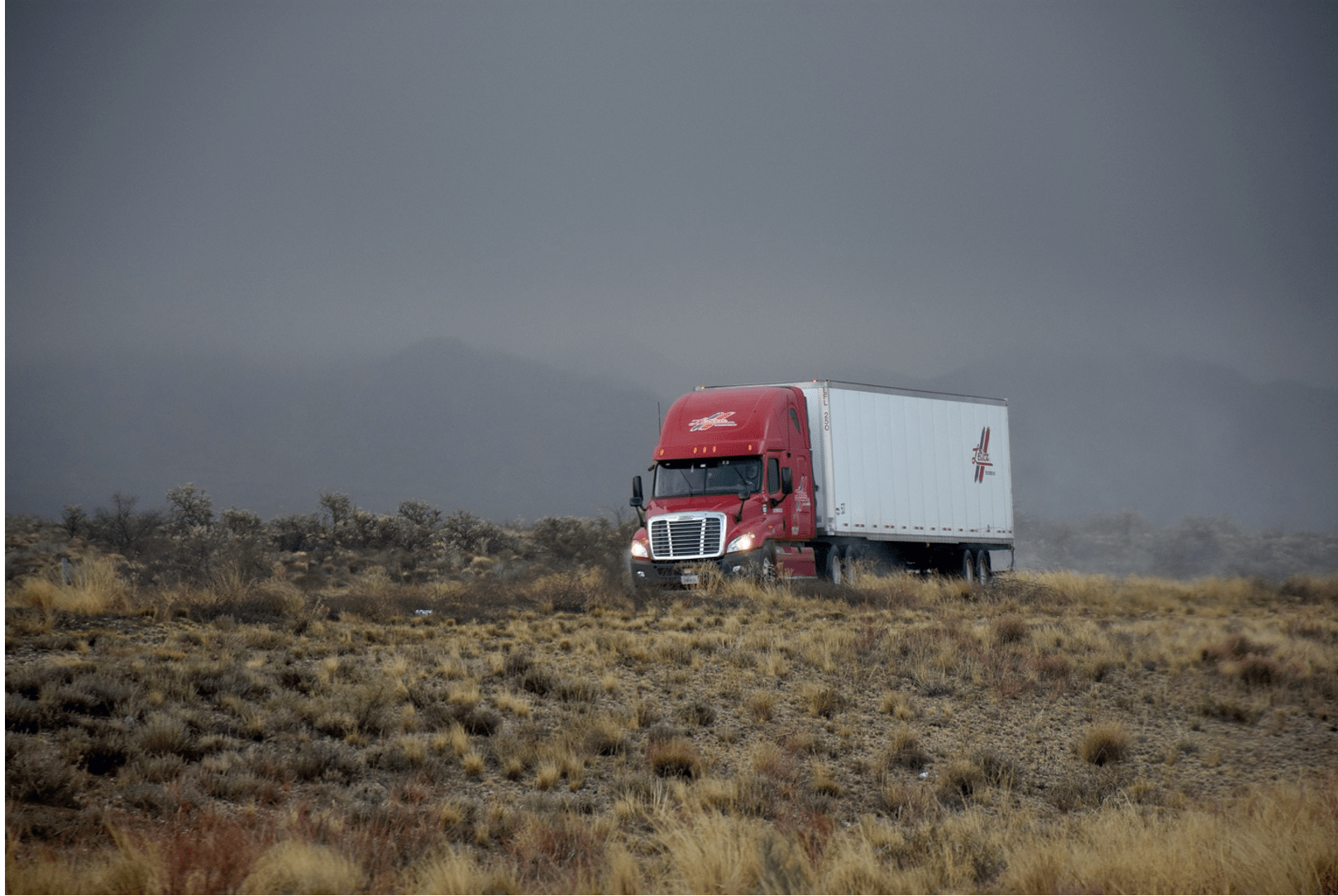How to Choose the Best SUV Tires for Off-Road Adventures

Off-road adventures demand a lot from your SUV, and one of the most crucial components for a successful trip is having the right tires. Choosing the best SUV tires for off-road adventures involves considering several factors to ensure safety, performance, and durability. This guide will walk you through the essential aspects to consider when selecting off-road tires for your SUV.
Understand Tire Types and Their Use
There are several varieties of off-road tires, each made for a particular sort of terrain or driving environment. There are three primary categories:
- All-Terrain (AT) Tires: These tires provide an even ride for driving on and off-road. They have a moderate tread pattern that keeps noise and comfort levels down on roads while offering adequate grip on dirt, gravel, and light mud.
- Mud-Terrain (MT) Tires: With their aggressive tread patterns and wide, deep lugs, mud-terrain tires are made especially for harsh off-road environments. These tires perform well on loose terrain, mud, and sand, but they can be uncomfortable and noisy on concrete roads.
- Rock-Terrain (RT) Tires: Tires designated as “Rock-Terrain” (RT) are made to withstand rough and rocky conditions. To improve grip on jagged terrain and avoid punctures, they have special tread designs and reinforced sidewalls.
Choosing the appropriate passenger tires for your SUV requires knowing the kind of terrain you will likely encounter.
Think About Tire Size and Load Rating
Keeping your SUV’s handling and performance in check requires choosing the right tire size. The sidewall of the tire bears a series of numbers and letters that represent its size (e.g., 265/70R17). The tire’s width, aspect ratio, construction type, and wheel diameter are all indicated by this code.
- Width: The tire’s width in millimeters is indicated by the first number. Although they improve traction, wider tires may reduce fuel economy.
- Aspect Ratio: The second figure shows the sidewall’s height in relation to the tire’s width. A taller sidewall, which can absorb more shock and offer a smoother ride on uneven terrain, is indicated by a greater aspect ratio.
- Construction Type: The most popular form of tires for SUVs is radial construction, represented by the letter “R”.
- Wheel Diameter: The wheel’s diameter in inches is indicated by the last digit.
You should also take into account the tire’s load rating, which indicates the maximum weight that it can support safely. For your safety, make sure the load rating meets or above the requirements for your automobile, especially while towing or transporting large objects.
Tire Tread Patterns and Design
The tread pattern and design play a significant role in determining a tire’s off-road performance. Here are some key features to look for:
- Tread Depth: Deeper treads provide better grip on loose and uneven surfaces. Mud-terrain tires, for example, have deep, widely spaced treads to prevent mud buildup.
- Lug Pattern: The shape and arrangement of the lugs (the raised portions of the tread) affect traction. Aggressive, angular lugs enhance grip on rocky and muddy terrains.
- Siping: Small slits in the tread blocks, known as sipes, improve traction on wet and icy surfaces by providing additional biting edges.
- Sidewall Design: Reinforced sidewalls with aggressive patterns can improve traction and protect against punctures from sharp objects.
Durability and Build Quality
Rough terrain and severe conditions are what off-road tires are meant to survive. Take into account the following durability characteristics while assessing tires:
- Ply Rating: The strength and resistance of the tire to punctures are indicated by the ply rating. A tire that is more resilient and appropriate for difficult off-road situations typically has a higher ply rating.
- Sidewall Reinforcement: Tires that have sidewall reinforcement are less vulnerable to rock and debris damage.
- Rubber Compound: The tire’s performance and longevity are influenced by the kind of rubber that goes into it. Seek out tires with off-road tire compounds, which are usually more resilient to cuts and abrasions.
Consider both Comfort and Noise
Although off-road tires are made for rough terrain, their comfort and noise levels can differ greatly. For highway travel, all-terrain tires often provide a decent mix between comfort and noise level. In contrast, mud-terrain tires’ aggressive tread patterns make them more likely to be noisy and uncomfortable.
If your off-road adventures involve long stretches of highway driving, consider all-terrain tires for a quieter and more comfortable ride. However, if you frequently tackle extreme off-road conditions, the added noise and roughness of mud-terrain tires might be a worthwhile trade-off for their superior performance.
Budget and Value for Money
Since off-road tires can be expensive, it’s critical to weigh their performance, durability, and cost. Although they cost more, higher-end tires frequently offer superior traction, durability, and comfort. However, by lowering the need for repairs and lowering the possibility of damage to your car, buying high-quality tires can end up saving you money over time.
Reviews and Recommendations
Lastly, think about reading reviews and getting advice from other off-road aficionados. Online forums and reviews can offer insightful information on how various tire models perform in actual use. Seek input regarding things like traction, longevity, noise levels, and general satisfaction.
In summary
The best SUV tires for off-road excursions should be selected after carefully evaluating your needs and the driving environment. Understanding tire kinds, sizes, tread patterns, and durability characteristics can help you make a decision that improves the efficiency and security of your car. Choosing the appropriate tires will guarantee a smoother and more pleasurable off-road experience, regardless of whether you choose all-terrain, mud-terrain, or rock-terrain tires. Cheers to many adventures!


